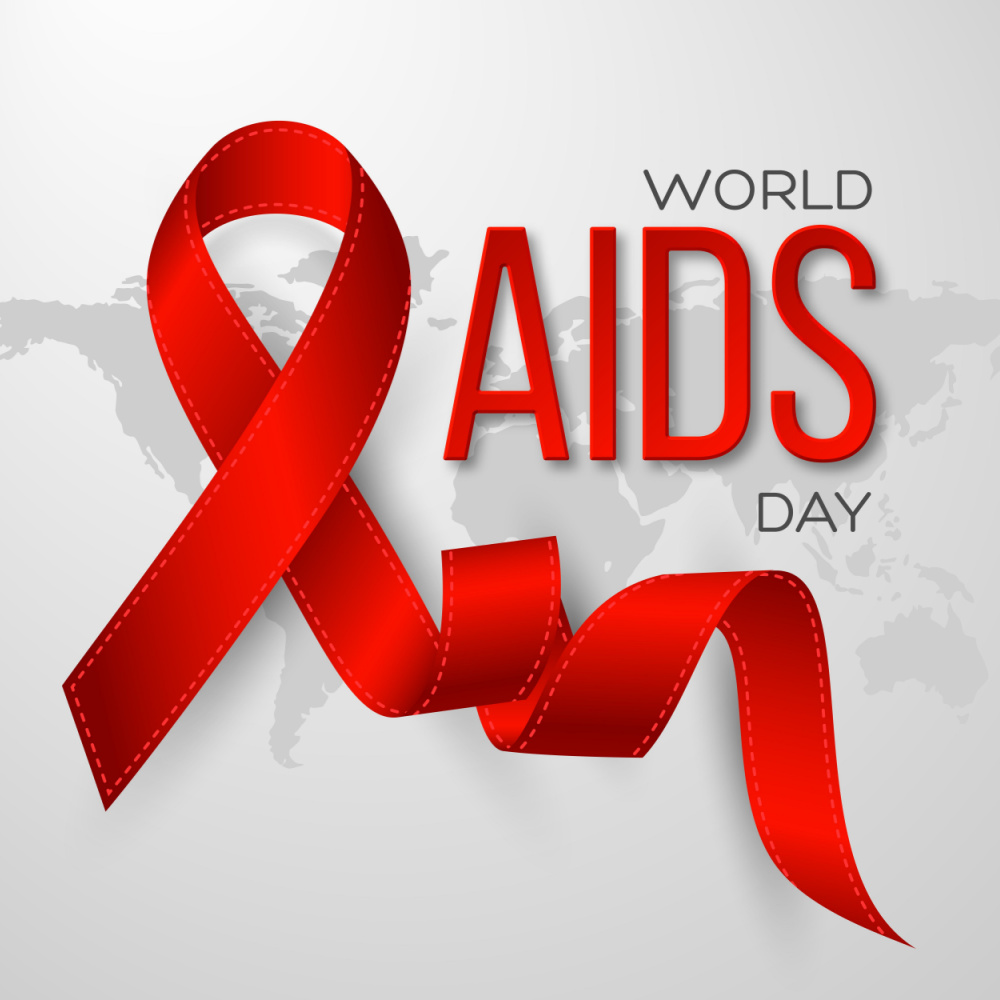
According to the WHO, HIV remains a significant global public health issue, around 40 million people are living with HIV all over the world [1]. World AIDS Day is observed every year on 1 December to raise awareness about HIV and AIDS and honor the lives affected by the epidemic. The theme for this year is “Let Communities Lead” emphasizing the influence of communities on the HIV response and global health.
HIV infection is currently incurable, with the symptoms gradually turning severe over the years. The disease is most common in people over 15 to 49 years [2]. The risk of getting HIV varies widely depending on the type of exposure (such as sharing needles or having sexual intercourse without protection). Some factors carry a much higher risk of transmission than other exposures.
With early detection, it can be possible to curb the transmission of the virus and safeguard overall health. Schedule an HIV Panel Now
HIV progresses through different stages, and individuals can be asymptomatic for an extended period. Symptoms typically emerge when the immune system is significantly compromised. Let’s look at the different stages of HIV infection.
3 Stages Of HIV Infections and Associated Symptoms
The symptoms experienced by an individual living with HIV depend on the stage of infection. Without treatment, the symptoms get worse over time and eventually gain control over the immune system.
When an individual contracts HIV and does not receive treatment, the infection progresses through three stages:
Stage 1: Acute HIV Infection
Acute HIV infection is the earliest stage of HIV infection. It develops as early as 2 to 3 weeks after someone contracts HIV. In the acute stage of infection, HIV multiplies rapidly and spreads throughout the body. This stage is also called as seroconversion period (when the body begins to produce antibodies against HIV).
Not everyone develops symptoms at this stage. Therefore, people can contract HIV without knowing it, which makes testing essential [3].
During this stage, an individual can notice symptoms like :
- Fever
- Chills
- Night sweats
- Rashes
- Swollen lymph nodes
- Sore throat
- Muscle aches
A person may experience significant health benefits if they start Antiretroviral therapy (ART) at this stage which involves taking anti-HIV drugs that suppress HIV multiplication.
Stage 2: Chronic HIV Infection
The second stage is also called clinical latency or asymptomatic HIV infection. During this stage, the virus multiplies, but at a very low pace. Individuals with chronic HIV infection may not have any HIV-related symptoms.
Without medication, the chronic stage of an HIV infection can last for 10 years or longer. However, individuals can still transmit the virus to others during this time. During this stage, individuals who take ART exactly as prescribed and maintain an undetectable HIV infection have effectively no risk of transmitting HIV to an HIV-negative partner through sexual intercourse.
Stage 3: Acquired Immuno Deficiency Syndrome (AIDS)
This is the final most severe stage of HIV infection. This occurs when an individual immune system is badly damaged and can no longer have the ability to fight off new infections. Individuals with HIV are diagnosed with AIDS if they have a very low CD4 count (white blood cells) or have certain opportunistic infections (in people with weakened immune systems).
Without treatment, people with AIDS typically survive about 3 years [4].
Symptoms of AIDS include:
- Recurring fever
- Profuse night sweats
- Rapid weight loss
- Prolonged lymph nodes
- Chronic diarrhea
- Unexplained tiredness and fatigue
- Sores of the mouth, anus, or genitals
- Memory loss, and depression
If you or your close ones notice any of the alarming signs related to HIV infection, it’s better to speak up and opt for a treatment. Creating awareness among the masses is essential as HIV infection is currently incurable, but one can control it with good quality education about the disease.
Get yourself checked before it becomes too late.
Consult with the specialist today!
(The article is written by Simran Suri, Assistant Team Lead, and reviewed by Monalisa Deka, Senior Health Content Editor)
References:
1. HIV and AIDS. World Health Organization.[Updated 2023].
Available From: https://www.who.int/news-room/fact-sheets/detail/hiv-aids?gclid=Cj0KCQiAgqGrBhDtARIsAM5s0_mhZW8bYTjI8skj7vHEMuAsXRpAEWnaHAKAi2W241BnS5LhYQVCb_IaAkCOEALw_wcB
2. HIV prevalence among adults aged 15-49 years. World Health Organization.
Available From: https://www.who.int/data/gho/indicator-metadata-registry/imr-details/334
3. HIV Testing. Centers For Disease Control And Prevention.[Updated: 2022]
Available From: https://www.cdc.gov/hiv/basics/testing.html
4. HIV Overview. NIH.gov.
Available From: https://hivinfo.nih.gov/understanding-hiv/fact-sheets/stages-hiv-infection#card-17